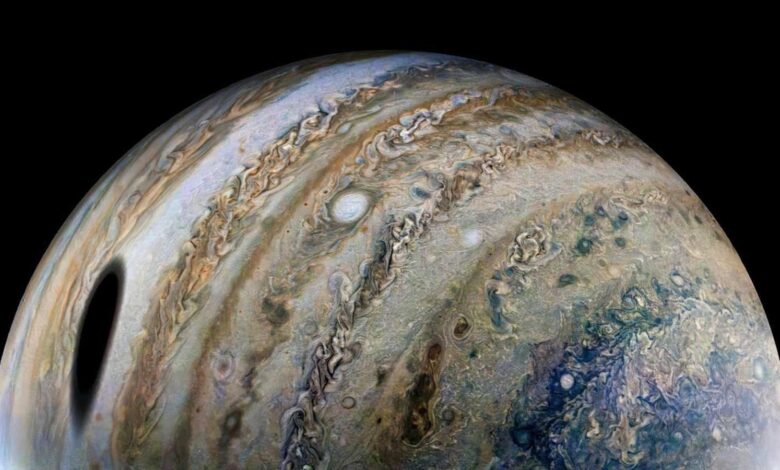NASA’s James Webb Telescope Discovers Coldest Known Exoplanet ‘Super Jupiter’, Here’s Everything You Need to Know

NASA’s James Webb Space Telescope (JWST) has made a groundbreaking discovery by identifying a “super Jupiter” that marks the coldest exoplanet ever observed. The new exoplanet, called Epsilon Indi Ab, is notable for being the 12th closest exoplanet to Earth and is notable for its large size and unusually cold temperature.
Read more: Adobe Brings New AI Tools to Illustrator, Photoshop to Boost Workflow: Everything You Need to Know
Main features of Epsilon Indi Ab
Epsilon Indi Ab is distinguished by its diameter, which is comparable to that of Jupiter, but about six times more massive. The planet’s orbital characteristics are particularly remarkable; it completes a full orbit around its host star in a period of between 100 and 250 years. This exceptionally long orbital period is notable compared to other exoplanets, which typically have shorter orbital periods.
Epsilon Indi Ab’s atmosphere is largely composed of hydrogen, mirroring the atmospheric composition of Jupiter. This characteristic contributes to its classification as a “super-Jupiter”. Epsilon Indi Ab’s cold temperature makes it one of the most intriguing exoplanets observed, as most previously imaged exoplanets are younger, hotter, and brighter.
Observation techniques and challenges
The discovery was made possible by using a coronagraph on JWST’s Mid-Infrared Instrument (MIRI). This technique allowed for the direct imaging of Epsilon Indi Ab, a significant achievement because direct imaging of exoplanets is challenging. Most exoplanets previously imaged are young and emit significant amounts of energy, making them easier to detect. In contrast, Epsilon Indi Ab, which is colder and older, poses a greater challenge due to its weak emission, which gradually decreases as the planet cools and shrinks over time.
The findings of this study were detailed in a paper titled “A temperate super-Jupiter imaged by JWST in the mid-infrared,” which appeared in the journal Nature on July 24. Elisabeth Matthews from the Max Planck Institute for Astronomy commented on the excitement surrounding the discovery, emphasizing the importance of Webb’s mid-infrared imaging capabilities. Caroline Morley from the University of Texas at Austin added that previous indirect measurements had hinted at the presence of a giant planet in this system, and Webb’s observations are set to reveal more about this intriguing object and its host star.
One more thing! We are now on WhatsApp Channel! Follow us there so you never miss any updates from the tech world. To follow HT Tech channel on WhatsApp, click here to join now!



